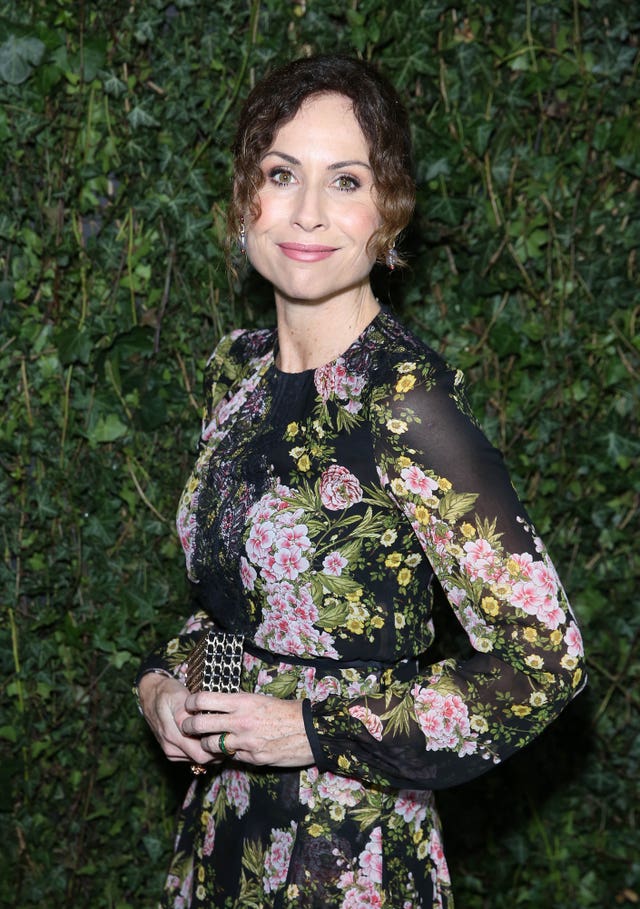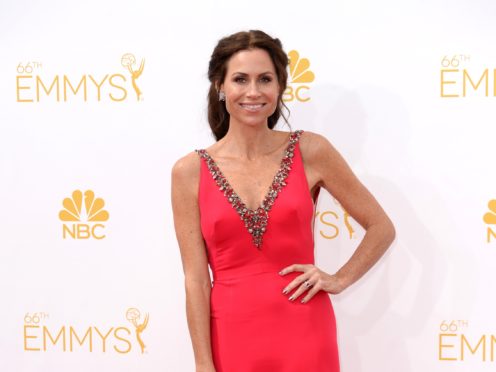Minnie Driver has said it is rewarding that her television series about parenting a child with cerebral palsy has broken down barriers.
The British actress plays Maya, the mother of a teen with the condition, in US comedy Speechless, which has been airing in America since 2016 and is now coming to the UK on E4.
She said she has received a lot of feedback from the disabled community for the programme.
“Reading a tweet from a non-verbal person with cerebral palsy, saying, ‘I sit and I watch my experience, and it makes me scream with laughter,’ is so gratifying,” said Driver.
“Or families who go, ‘It’s extraordinary that we can all sit down and watch this together, my able-bodied kids and my kid with a disability, and we can all enjoy it and roar with laughter and feel that we are seen’.”
The role of Maya’s son is played by Micah Fowler, an American actor with cerebral palsy.
The actress, 49, continued: “The idea of representation for people who I don’t think they have been fairly represented, to be able to see themselves, and for it to be a laugh, I think that’s lovely.
“And I think it’s expanded the conversation here in America.
“The more you include, the more impossible it is to maintain your distance and your looking away which, let’s face it, most people do around disability.
“They don’t know how to interact with it, how to approach it.
“And I think the humour has broken down that barrier quite a lot.”
Driver said it was important to get the right tone in the way disability was portrayed.
“We were all of us allergic to the notion of sentimentality and melodrama, primarily because that is the way that the media represents disability,” she said.
“You’re not only often looking at able-bodied actors playing disabled characters, but they’re trying to get away.
“They’re either trying to kill themselves or they’re trying to get out of this terrible situation.
“We all wanted to make a funny show, first and foremost.”
“There are definitely heartfelt, emotional moments, because that happens in any family. But none of it is really around the idea that it’s all impossible and awful and hard,” she added.

Driver, a mother-of-one, said she believes Speechless will go down well in the UK “because Britain has always seemed to me to not be scared of subject matters that other people find difficult”.
“The UK is, Brexit aside, an extremely inclusive place,” she said.
Driver was recently in the news calling for Hollywood to “stop cripping-up”.
Amid a debate in the film industry about actors depriving performers from minority groups of roles, the actress said it was wrong for able-bodied actors to play disabled characters.
Speechless is on weekdays at 7.30pm on E4 from Monday March 11.
